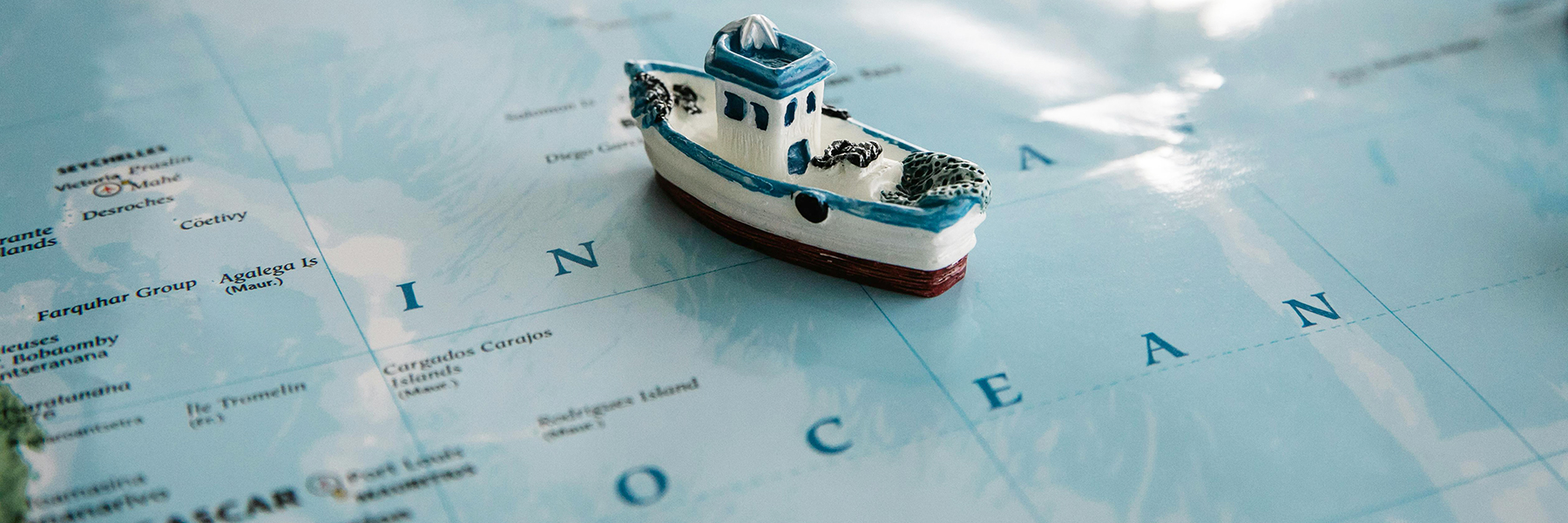For centuries, the Indian Ocean has been a vital maritime highway, facilitating the movement of people, goods and ideas across a vast region stretching from East Africa to Southeast Asia. Yet the artistic legacies born from these cross-cultural exchanges remain relatively understudied compared to other parts of the world. Zulfikar Hirji, a professor of anthropology at York University, is on a mission to change that.
This past April and May, Hirji co-organized the pioneering Arts of the Indian Ocean conference, which brought together 75 scholars, artists and curators from diverse backgrounds to explore the region’s rich artistic heritage across mediums, geographies and eras.

“The Indian Ocean constitutes one of the world’s most historic hubs of maritime trade and artistic exchange, but it remains one of the most understudied areas in terms of the arts,” says Hirji. “Scholars and artists working in and on the region provide vital insights into how it has been continually shaped by aesthetic and material exchanges.”
The conference’s wide-ranging program reflected the Indian Ocean region’s incredible cultural diversity. Presentations spanned topics such as Indonesian textiles, Japanese majolica tiles influenced by the Indian independence movement and the monumental Arabic inscriptions of royal palaces in East Africa.
“We had papers covering everything from ceramics to digital arts, from prehistory up to the contemporary period, from East Africa all the way to Japan,” Hirji says. “It really gave a sense of the vibrancy and depth of artistic production across the region over centuries.”
Notably, the conference prioritized including voices and perspectives from the Global South, breaking from the tradition of knowledge about the region being produced primarily from a northern viewpoint. Participants hailed from countries including India, Singapore, Mauritius and Mozambique.
“It was unprecedented in terms of the partnerships we built across Toronto to fund and host this event,” notes Hirji, citing collaborators such as the University of Toronto, the Aga Khan Museum and the Royal Ontario Museum. “Having that diversity of perspectives was crucial.”
A key theme was the threat climate change poses to the Indian Ocean’s cultural heritage and coastal communities. Several artists raised concerns about rising seas, erosion and flooding putting historic sites and traditions at risk of being lost forever without documentation and conservation efforts.
“These are issues that artists in the region are really grappling with,” Hirji says. “Their work sounds an alarm about the need to address these environmental impacts before it’s too late.”
Looking ahead, Hirji hopes to establish the conference as a biennial event and publish an edited volume of selected papers to further scholarly engagement with Indian Ocean arts. But most of all, he wants to inspire more research and creative work illuminating the region’s incredible cultural riches.
“The Indian Ocean world has been a crucible of creativity for millennia,” Hirji says. “By bringing greater attention to its artistic legacies, we can better understand the diverse societies that have shaped human history across this vast maritime region.”


